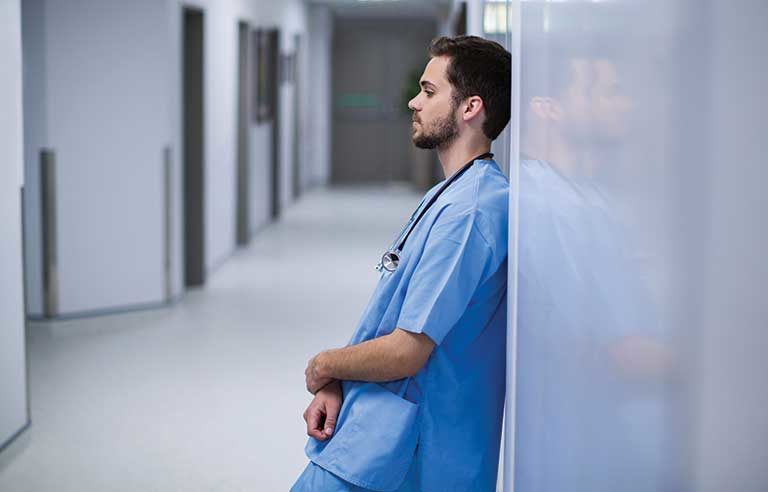Sleep deprivation among U.S. workers a growing problem, study finds

Muncie, IN — More than 1 out of 3 U.S. working adults aren’t getting enough sleep, and the prevalence of sleep deprivation has increased significantly since 2010, according to researchers from Ball State University.
The researchers analyzed 2010-2018 data from more than 150,000 working adults who participated in the National Health Interview Survey to determine the frequency of short sleep duration. Of the respondents, 35.6% reported getting less than seven hours of sleep a night in 2018. That’s up from 30.9% in 2010.
“Inadequate sleep is associated with mild to severe physical and mental health problems, injury, loss of productivity, and premature mortality,” Jagdish Khubchandani, lead study author and a health science professor at BSU, said in a press release. “This is a significant finding because the U.S. is currently witnessing high rates of chronic diseases across all ages, and many of these diseases are related to sleep problems.”
Other findings:
- Professions with the highest prevalence of sleep deprivation in 2018 were police and military (50%), health care support (45%), transport and material moving (41%), and production occupations (41%).
- Among women, 38.8% reported less than seven hours of sleep a night, up from 31.2% in 2010. Among men, those percentages were 35.5 and 30.5, respectively.
- Among racial groups, sleep deficiency prevalence rose among African Americans (40.6% to 46.5%), Asian Americans (29.5% to 35.3%) and whites (29.2% to 34.1%).
The National Sleep Foundation recommends adults sleep seven to nine hours a night.
“Employers have a major responsibility and should use health promotion strategies to ensure that workers who struggle with sleep problems are assisted,” Khubchandani said. “We all suffer when our bus and truck drivers, doctors, and nurses are sleep deprived. There is a need for increasing awareness and improving the diagnosis and treatment of sleep disorders, and there needs to be emphasis on public education, training for health professionals and monitoring.”
The study was published online Sept. 5 in the Journal of Community Health.
Post a comment to this article
Safety+Health welcomes comments that promote respectful dialogue. Please stay on topic. Comments that contain personal attacks, profanity or abusive language – or those aggressively promoting products or services – will be removed. We reserve the right to determine which comments violate our comment policy. (Anonymous comments are welcome; merely skip the “name” field in the comment box. An email address is required but will not be included with your comment.)

